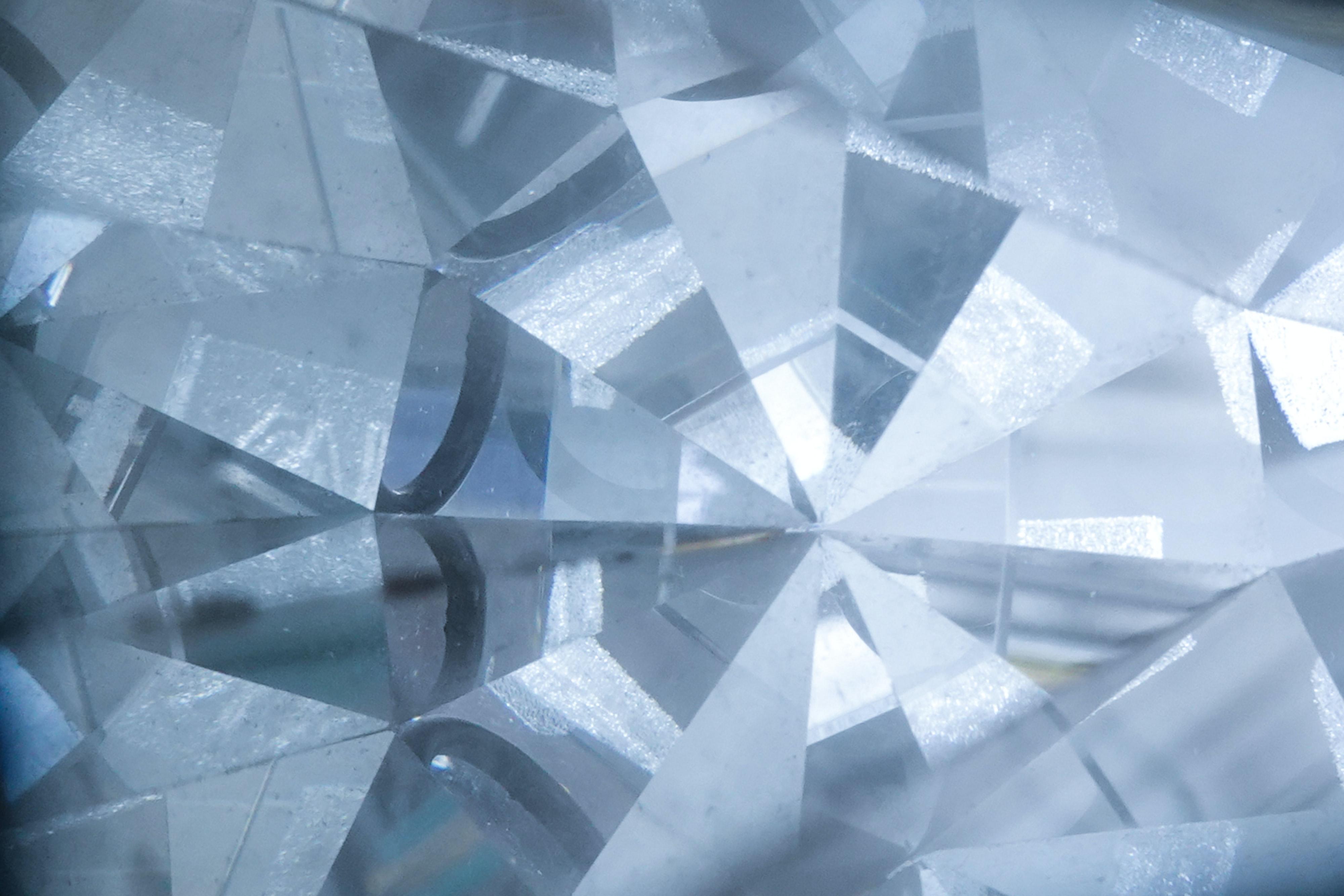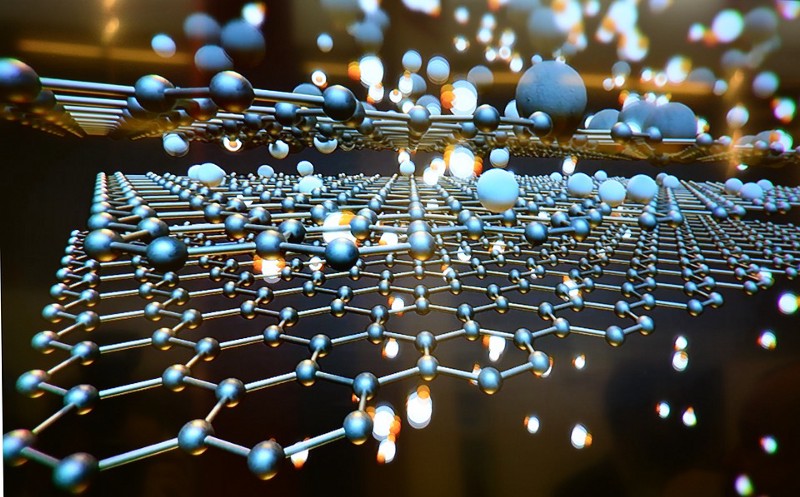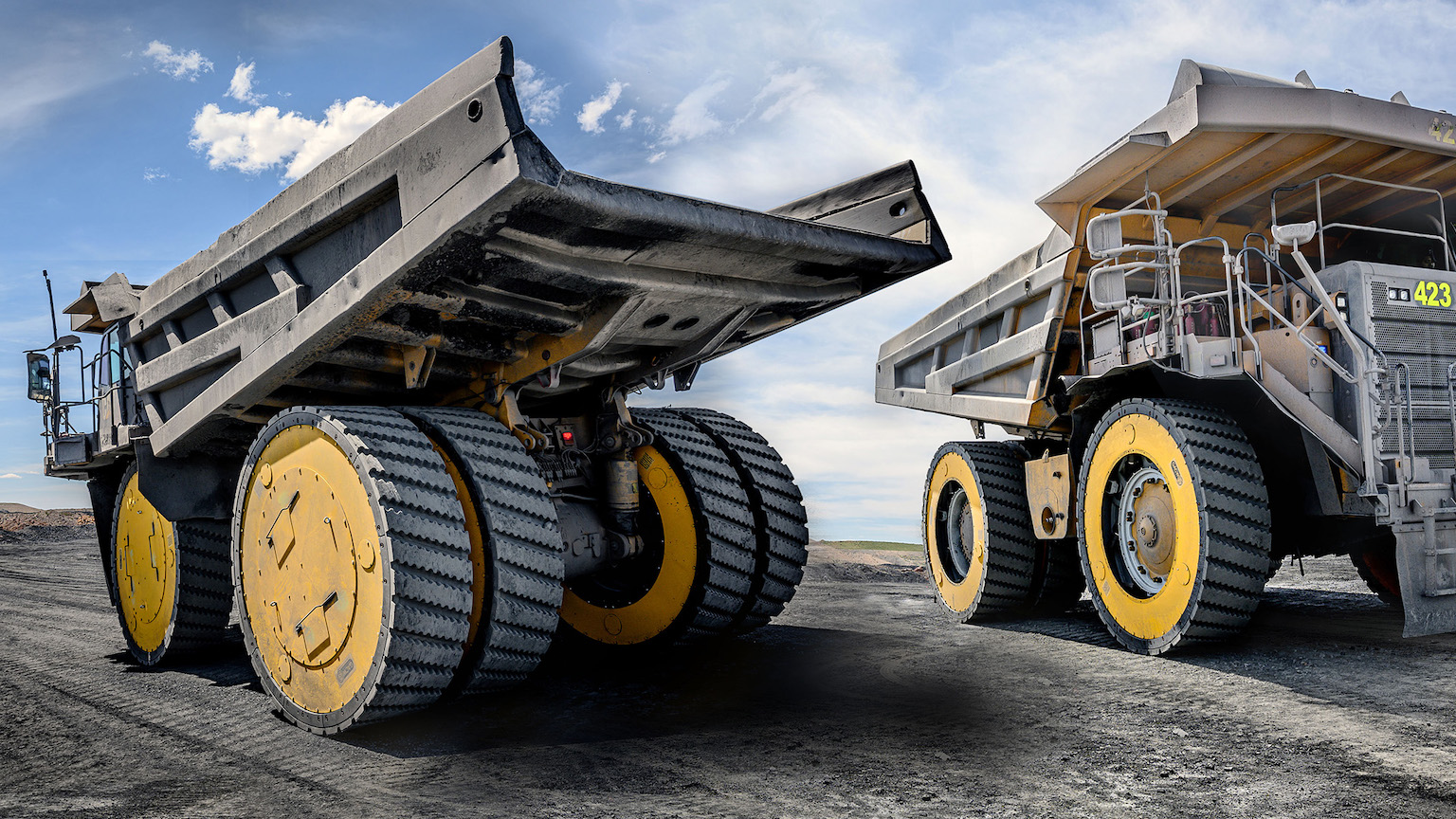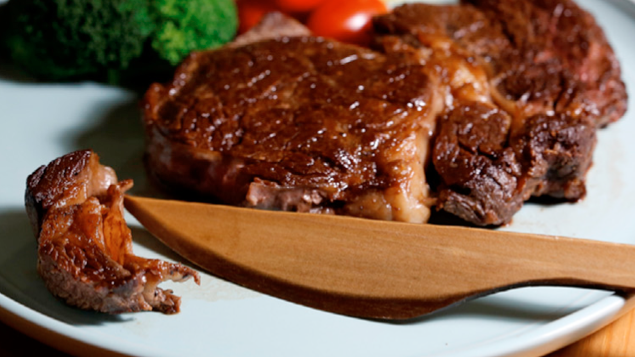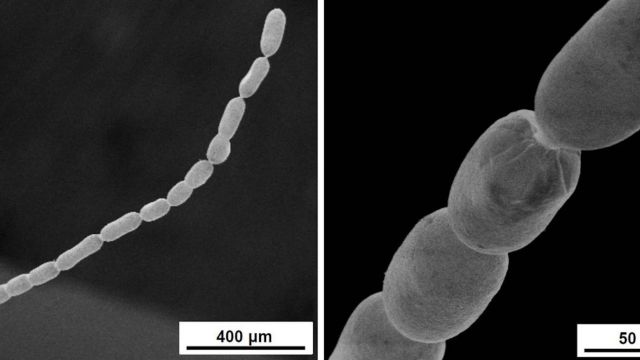Diamond-like starfish skeleton is unlike any discovered in nature
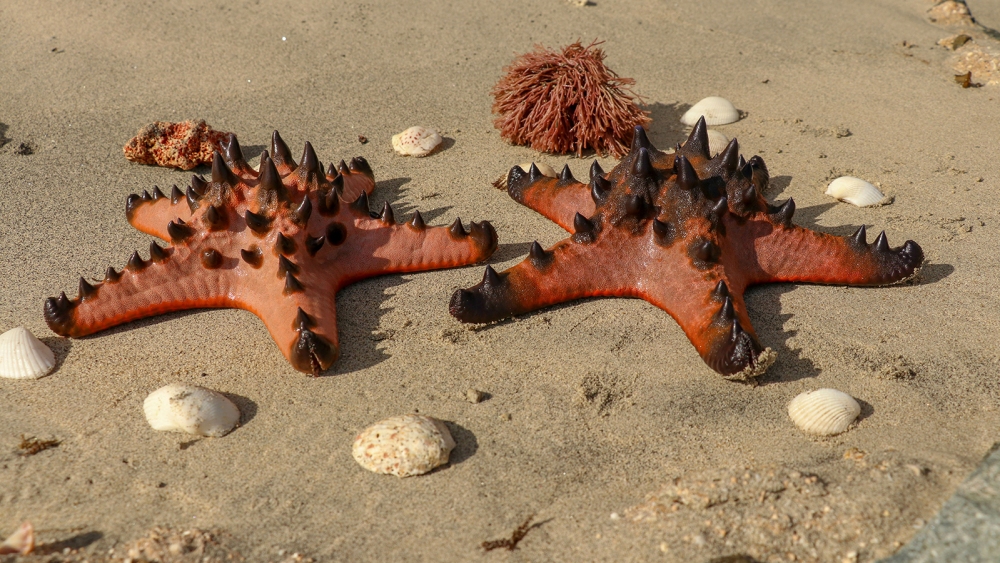
- The tradeoff between weight and structural integrity is a constant challenge for engineers.
- The knobby starfish grows ceramic-like crystals with high stiffness, strength, and damage tolerance — all within the ambient temperatures and pressures of shallow oceans.
- Such naturally occurring structures provide inspiration for new synthetic materials.
The skeleton of the knobby starfish has a structure unlike any other found in nature so far — created using the same material as chalk, but arranged in a diamond-like pattern.
By mimicking its molecular arrangement, researchers could one day design new lightweight ceramics — far stronger and more durable than existing materials.
The challenge: Reducing weight is a major goal for modern engineers. As they design the structural components of buildings, vehicles, and heavy machines, they are constantly trying to reduce energy consumption, the amount of material used, and its environmental impact.
Manmade ceramics are incredibly brittle, making them unsuitable for machines or buildings.
Porous materials, which contain large fractions of empty space — like the way a skyscraper is mostly empty space between steel beams, but on a microscopic scale — are a potential solution to all three problems.
In particular, ceramic materials are highly valued for their light weight, along with their resistance to heat and corrosion. Yet despite these unique advantages, manmade ceramics are still incredibly brittle on a molecular level, making them unsuitable for machines or buildings prone to mechanical wear and tear.
The inspiration: In nature, many organisms face similar structural problems in supporting the weight of their own bodies. Over countless generations of evolution, many animals have developed ingenious strategies to overcome these challenges.
We don’t need to look far to find examples. Human bones’ porous internal design makes our skeletons strong enough to support our weight but also lightweight enough for us to move around quickly and easily.
Elsewhere in nature, there are structures that are even more sophisticated.
The structure they discovered was unlike any other biologists have seen before.
In a study published in Materials Science, researchers led by Ling Li at Virginia Tech examined the skeleton of the knobby starfish, Protoreaster nodosus.
Found in warm, shallow waters in the Indian and Pacific Oceans, and named after the rows of bumpy spines along their arms, the skeletons of these animals are made of porous, millimetre-sized elements named “ossicles.” These features connect directly to soft tissue, making the knobby starfish extremely flexible, too.
Intriguingly, these ossicles are arranged in a very similar way to the space frame truss structures used in modern building construction. What’s more, they are made of calcite: a crystalline form of calcium carbonate, also known as chalk.
Yet whereas chalk is extremely brittle and breaks easily, the knobby starfish’s ossicles are highly resilient against damage.
The near-identical structures repeated themselves with a regularity that is practically unheard of in biology.
How to beat brittleness: Li’s team studied the ossicles’ structure using a combination of microscopy techniques, along with micro-CT scans.
The structure they discovered was unlike any other biologists have seen before.
Whereas the structure of human bones appears spongy and irregular, the knobby starfish’s ossicles are highly ordered, even down to an atomic scale.
Remarkably, the skeleton appears to be formed from a lattice related to the atomic structure of diamond — so precise that it could be described mathematically.
Within the lattice, near-identical structures repeated themselves roughly every 30 nanometres: a regularity that is practically unheard of in biology.
The skeleton even displayed structural irregularities comparable to those found in diamond.
Through further analysis, Li and colleagues showed that the skeleton even displayed structural irregularities comparable to those found in diamond.
To explore these properties, the team cut out cube-shaped samples from individual ossicles, then subjected them to stringent compression tests.
Whereas more brittle forms of calcite would completely shatter under the same amount of stress, they found that the ossicles fractured neatly, along flat planes — whose orientations were determined by their diamond lattice structures.
When these fractures ran into natural irregularities in the lattice, they stopped, and instead jumped to another parallel plane — just like the fracturing behavior of compressed metals.
The upshot? This elegant mechanism for failure makes the ossicles far more effective at absorbing energy when under stress.
The knobby starfish could inspire new designs for lightweight, highly resilient ceramics.
Looking ahead: Currently, synthetic ceramics are widely fabricated using expensive, energy-intensive processes, but can still only produce materials that are extremely brittle.
In comparison, the knobby starfish has somehow evolved the capability to grow ceramic-like crystals with high stiffness, strength, and damage tolerance – all within the ambient temperatures and pressures of shallow oceans.
There is still much to learn from these animals, and there are still many questions to answer before we can fully understand how their unique skeletal structures form.
Yet through further research, combined with future advances in technologies, like nanoscale 3D-printing, the knobby starfish could inspire new designs for lightweight, highly resilient ceramics, with widespread applications in engineering and construction.
This article was originally published on our sister site, Freethink.
